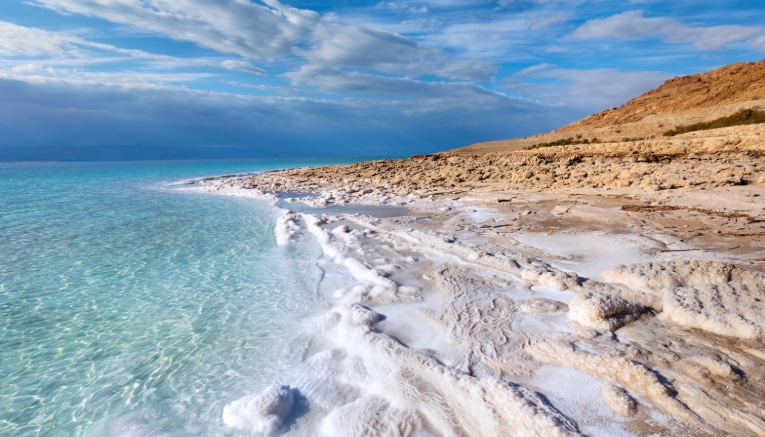A Dive into Seawater Salinity
Introduction
Have you ever wondered which ocean holds the title of the saltiest? Understanding ocean salinity is not just a quirky trivia question; it has fascinating implications for marine life, climate, and even our own planet’s water cycle. In this article, we’ll take a closer look at the saltiest ocean, what makes it so salty, and why it matters.
The Saltiest Ocean: The Dead Sea
While the Dead Sea is technically a lake, it often comes to mind when discussing high salinity levels. However, when it comes to oceans, the Atlantic Ocean holds the saltiest title. With an average salinity of about 35 parts per thousand, the Atlantic is significantly saltier than its neighbors, such as the Pacific Ocean, which averages around 33 parts per thousand. The salinity in the Atlantic Ocean can be attributed to several factors, including evaporation rates, river inflow, and ocean currents that circulate saltier water from its depths.
Why is Salinity Important?
Salinity plays a crucial role in marine ecosystems. Higher salt levels impact the density of seawater, which affects currents and nutrient distribution. This, in turn, influences marine life. For instance, some species thrive in saltier environments, while others might struggle to survive. Understanding salinity helps scientists predict how changes in climate, such as rising temperatures or changes to precipitation patterns, could affect different marine ecosystems and global weather systems.
What Factors Influence Ocean Salinity?
Several natural factors contribute to variations in ocean salinity. Evaporation, for example, increases salinity by removing freshwater, particularly in warm climates. In contrast, inflows from rivers dilute seawater, decreasing salinity levels. Ocean currents also play a pivotal role; for instance, the Gulf Stream brings warmer, saltier water from the tropics into the North Atlantic, contributing to the increased salinity. Understanding these factors is key to grasping how oceans function and their impact on our climate and weather patterns.
Conclusion
The saltiest ocean, the Atlantic, holds more than just salt—it holds unique ecosystems and is instrumental in our planet’s climate and weather systems. By learning more about ocean salinity, we can appreciate the complex interplay of life and climate in our world. If you’re curious to dive deeper into oceanography or related topics, consider exploring more resources or local aquariums to enrich your understanding of the fascinating world of oceans.

